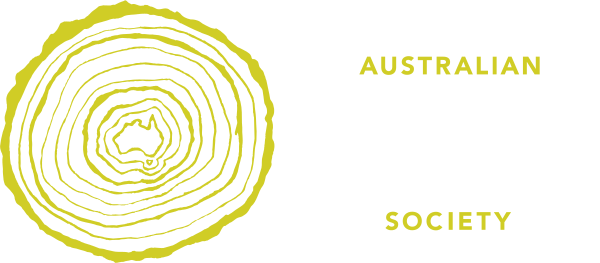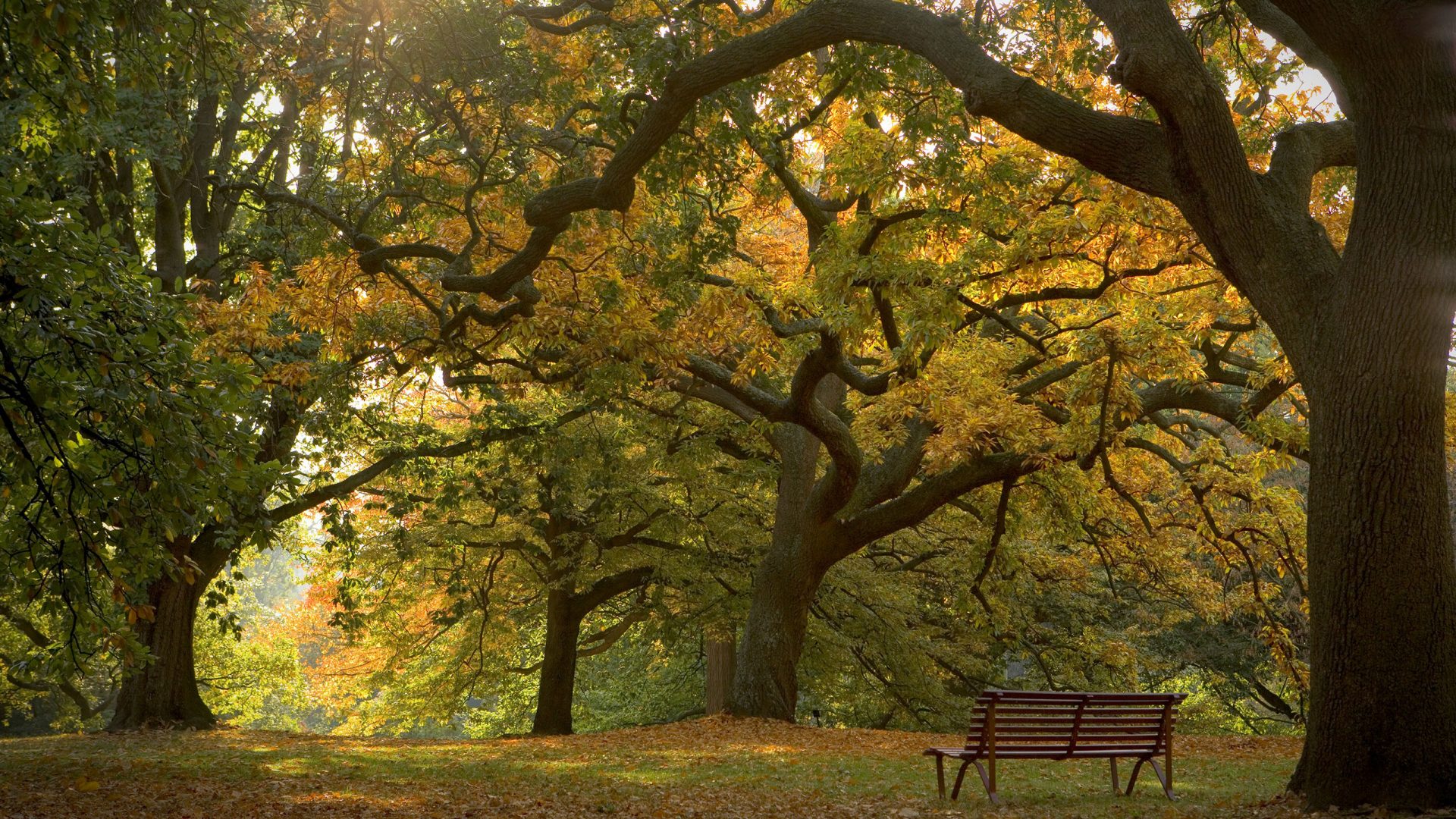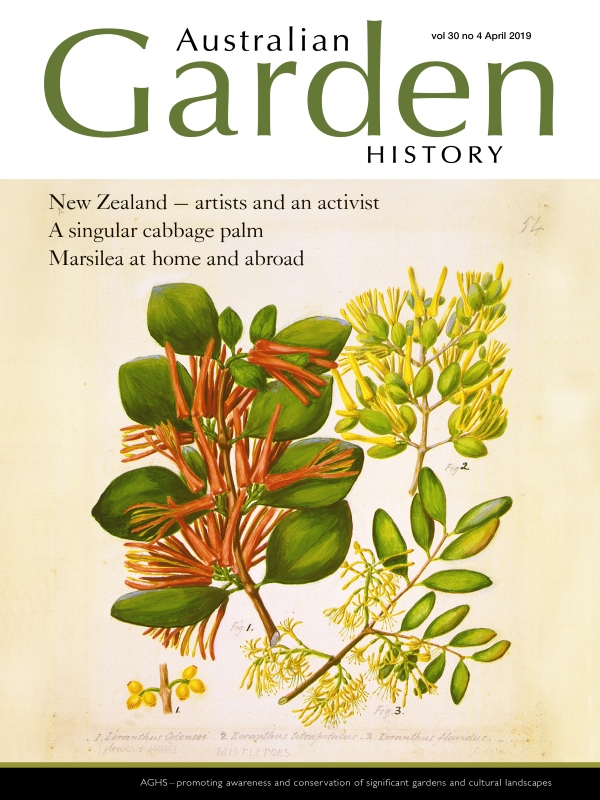Contents
New Zealand’s contributions to botanical art Bee Dawson
In the 18th and 19th centuries flower painting was considered to be a particularly desirable accomplishment for ladies. In New Zealand lady artists captured the beauty and the scientific details of the native wildflowers.
The camellia – suffragist symbol of womanly excellence Stephen Utick
On 19 September 1893 with the passage of the Electoral Act, New Zealand became the first country in the world in which all women over the age of 21 years achieved the right to vote. The camellia is very much a part of this story and of Kate Sheppard’s life in New Zealand.
Rethinking garden fungi – a foray at Retford Park Alison Pouliot
Retford Park is a garden of surprises – of history and horticulture, of half a century of James Fairfax’s passion and attention to detail, of art and design, and of organisms less often considered – fungi.
The Australian cabbage palm at Herrenhausen Gardens John Leslie Dowe and Boris O Schlumpberger
For almost 100 years a single individual of the Australian cabbage palm Livistona australis reigned as the centrepiece of the Royal Gardens palm collection at Herrenhausen, Germany. It is one of the few cultivated glasshouse plants for which horticultural and botanical publications yield a continuous record of its life – the cabbage palm’s unexpected acquisition by Herrenhausen in 1827, aspects of its horticultural and social history spanning almost a century, and its regrettable demise in 1920.
Marsilea (nardoo) – in the Azores and at Coopers Creek John Dwyer
An examination of species of Marsilea illustrate ways in which the native/exotic division of plants is problematic.
Melbourne’s floral clock Sandra Pullman
Floral clocks have long been popular overseas. Many trendsetters might see Melbourne’s floral clock as ‘kitsch’. But Melburnians love their floral clock.


